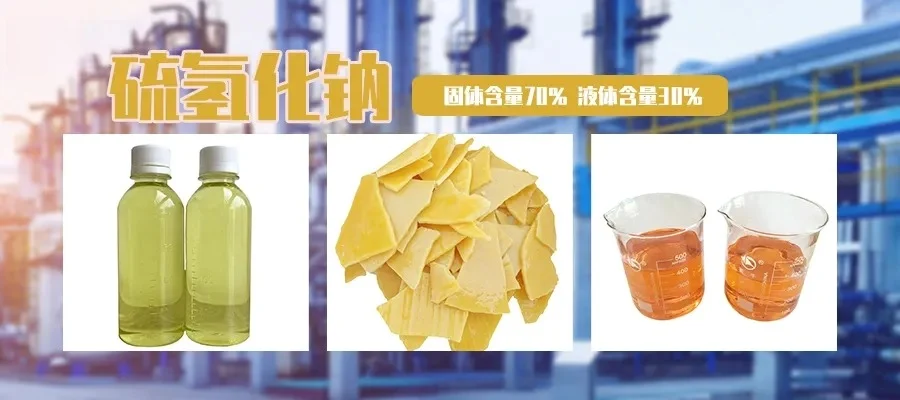
1.Characteristics and Properties of Sodium Hydrosulfide
Chemical Properties
Sodium hydrosulfide is a strong base that is highly soluble in water and rapidly hydrolyzes to produce hydrogen sulfide gas (H₂S). It can react with many metal ions to form corresponding sulfide precipitates or solutions. Sodium hydrosulfide can also undergo substitution reactions with certain organic compounds, such as electrophilic substitution, acyl chloride amidation, and reduction reactions with saturated carbonyl compounds. Additionally, Sodium Hydrosulfide can be oxidized by oxidizing agents to form sodium sulfate.
Physical Properties
Sodium hydrosulfide appears as a colorless crystalline or crystalline powder and is relatively stable at room temperature. It is poorly soluble in organic solvents, but when dissolved in water, it produces an alkaline solution. Sodium hydrosulfide has a relatively high density, with a melting point of approximately 350°C. Its powdered form has a distinct rotten egg odor, which is due to the hydrogen sulfide gas produced upon hydrolysis.
Chemical Stability
Sodium hydrosulfide is relatively stable at room temperature and can be stored for extended periods in a dry environment. However, it is somewhat sensitive to moisture and can easily absorb water, leading to degradation. Additionally, sodium hydrosulfide is susceptible to oxidation by oxidizing agents in the air, resulting in the formation of sodium sulfate.
Safety
Sodium hydrosulfide has a certain level of toxicity, particularly due to the hydrogen sulfide gas produced upon hydrolysis, which can irritate and harm the respiratory and nervous systems. Therefore, precautions should be taken to avoid inhaling hydrogen sulfide gas when using sodium hydrosulfide. It is also corrosive, and contact with skin and eyes should be followed by immediate rinsing with plenty of water. Appropriate protective measures, such as wearing gloves and respirators, should be implemented during storage and handling.
Applications
Sodium hydrosulfide has a wide range of industrial applications. It is used as a reducing agent in the sulfurization industry, commonly for metal purification, pharmaceutical synthesis, oil field extraction, wastewater treatment, and surface cleaning of metals. Sodium hydrosulfide is also utilized as an analytical reagent for detecting metal ions or sulfides in organic compounds. Furthermore, it plays an important role in the silicone industry as a silane coupling agent or as a vulcanizing agent in the production of silicone rubber.
Summary
In summary, sodium hydrosulfide is a reactive inorganic compound characterized by its strong alkalinity, high solubility in water, and the generation of hydrogen sulfide gas. Its main application areas include metal purification, pharmaceutical synthesis, wastewater treatment, and analytical chemistry. When using sodium hydrosulfide, appropriate safety measures should be taken to avoid contact with its hydrolysis product, hydrogen sulfide gas, and to ensure safe storage and handling practices.
2.Common Methods for Detecting Sodium Hydrosulfide
Appearance Inspection
Appearance inspection can be conducted by directly observing the sodium hydrosulfide sample, including its color, shape, and particle size for a preliminary assessment.
Property Testing
Property testing can be performed by smelling the sample to determine if there is a noticeable hydrogen sulfide odor.
Purity Testing
Common methods for purity testing include gas chromatography, homogeneous titration, ion chromatography, and molecular photometry. Among these, gas chromatography can separate and quantify impurities in sodium hydrosulfide, allowing for the calculation of purity.
Moisture Testing
Common methods for moisture detection include the drying method and the Karl Fischer method. The drying method involves heating a specific weight of sodium hydrosulfide at a certain temperature, weighing it, and repeatedly heating and weighing until a stable weight is achieved. The moisture content is then calculated based on the weight loss. The Karl Fischer method determines the moisture content by measuring the amount of carbon dioxide produced when the sample reacts with Karl Fischer reagent.
Chemical Impurity Testing
Chemical impurities in sodium hydrosulfide can be detected using concentration measurement methods. For example, chloride ions can be detected using the silver bromide method or the copper sulfate method.
Metal Impurity Testing
Common methods for detecting metal impurities include atomic absorption spectroscopy and inductively coupled plasma emission spectroscopy.
3.Outlook for Sodium Hydrosulfide in the Chemical Industry
In the future, as awareness of environmental protection continues to grow, the demand for wastewater treatment technologies will increase significantly. Sodium hydrosulfide, as a widely used chemical agent in wastewater treatment, will continue to receive attention and usage. Additionally, with advancements in industrial technology, the methods for producing sodium hydrosulfide are expected to become more efficient and environmentally friendly, thereby enhancing its economic viability and sustainability.
Moreover, with the continuous emergence of new materials and technologies, the applications of sodium hydrosulfide will also expand into other fields. For instance, in the energy sector, sodium hydrosulfide can be used in the preparation of energy storage devices, enabling efficient utilization and storage of energy. In the electronics field, sodium hydrosulfide can serve as a resistivity-reducing agent to improve the conductivity of electronic components. Further research and development in these applications are still needed.
In summary, sodium hydrosulfide has a wide range of applications in the chemical industry, including as a vulcanizing agent, wastewater treatment agent, and organic synthesis reagent. With the increasing awareness of environmental protection and the emergence of new materials and technologies, the application prospects for sodium hydrosulfide are very promising. We have reason to believe that the applications of sodium hydrosulfide will further expand and play a greater role in the chemical industry in the future.
- Random Content
- Hot content
- Hot review content
- calcium chloride anhydrous for food
- 2-Hydroxyethyl acrylate (HEA)
- Industrial Sodium Nitrite 98.5%
- Polytetramethylene / PTMG / Polybutylene glycol
- Hydroxypropyl methyl cellulose
- Ferrochrome lignosulfonate
- Copper(II)Chloride Dihydrate
- 1Discounted Sodium Cyanide (CAS: 143-33-9) for Mining - High Quality & Competitive Pricing
- 2China's New Regulations on Sodium Cyanide Exports and Guidance for International Buyers
- 3Sodium Cyanide 98% CAS 143-33-9 gold dressing agent Essential for Mining and Chemical Industries
- 4International Cyanide(Sodium cyanide) Management Code - Gold Mine Acceptance Standards
- 5China factory Sulfuric Acid 98%
- 6Anhydrous Oxalic acid 99.6% Industrial Grade
- 7Oxalic acid for mining 99.6%
- 1Sodium Cyanide 98% CAS 143-33-9 gold dressing agent Essential for Mining and Chemical Industries
- 2High Quality 99% Purity of Cyanuric chloride ISO 9001:2005 REACH Verified Producer
- 3Zinc chloride ZnCl2 for High Molecular Weight Polymers Initiator
- 4High Purity · Stable Performance · Higher Recovery — sodium cyanide for modern gold leaching
- 5High Quality Sodium Ferrocyanide / Sodium Hexacyanoferr
- 6Gold Ore Dressing Agent Safe Gold Extracting Agent Replace Sodium Cyanide
- 7Sodium Cyanide 98%+ CAS 143-33-9



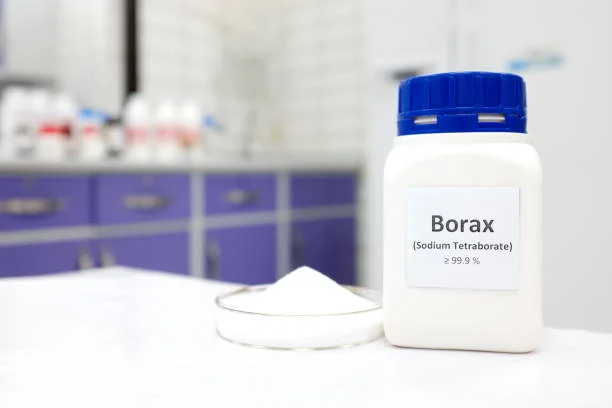
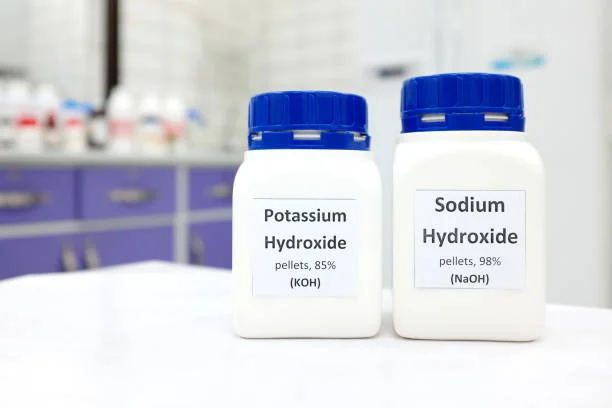
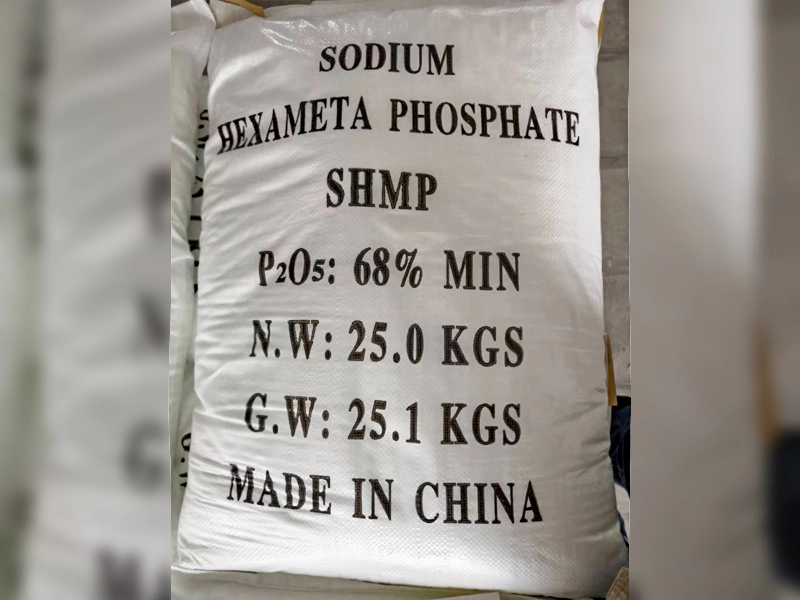


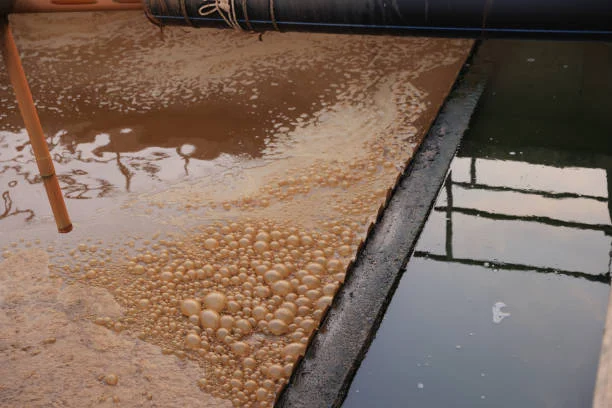


Online message consultation
Add comment: